Photography is unique in the arts in that it relies heavily on science. The final image is the result of a relation between quantity of light, time exposed and angle of view (which are controlled by aperture, shutter speed and lens focal length). These terms may be a mystery to those new to photography, but they are the core of the art. Photography is ultimately the result of control, and the photographer makes conscious decisions to translate what the eye sees into what the camera records.
By implication, the equipment used to create images is important. Photographers argue about this on a daily basis. Some claim that the artists' eye is the biggest piece of the puzzle, while others contend that proper tools can facilitate better image-making. Having started with a plastic-lensed 'toy' camera and subsequently purchased equipment worth four or five times my rent, I have experienced both sides of equation.
I shoot film exclusively, and have spent countless hours researching equipment thinking that it would make my images better. To be honest, this is not the case, but I would admit that the type of camera used changes the way that I take photos.
For example, consider two legends of the medium format film world that come up in almost every conversation about gear: the Pentax 6x7 and the Mamiya 7. Both are incredible tools, and deserve every bit of praise that they get. At the same time, the two couldn't be any more different and, in usage, they affect how the user 'sees' and shoots. I hope that the following galleries show a consistent perspective in what I want to say and how I say it. Admittedly, there's also a sense that the aesthetic is sometimes driven by the equipment. Can you see what I mean?
PENTAX 6x7 (and Pentax 67)
The Pentax 6x7 compared to a 35mm Canon AE-1, both shown with standard lenses.
The Pentax 6x7 is an SLR (single lens reflex). SLRs are characterized by the fact that the viewfinder is showing you precisely what the lens is seeing, and thus the photographer has a good idea of what the final image will look like. Thus, the Pentax is a marvel for portraiture; The 105mm lens has a narrower field of vision than what our eyes capture in real life, and it has an incredible way of rendering out-of-focus elements, separating subject from background. In essence, the lens creates an almost 3-dimensional feel that is truly magical. I would wholly recommend that anybody used to shooting with cell phones or live-view screens try using a medium-format SLR at least once. Focusing through ground-glass with a waist-level finder is even better!
The depth of field, or amount of image in focus, is pretty small when shooting at the widest aperture (smallest f/ number) . This is especially true with the standard 105mm, and can be employed to great effect. However, you must be careful while focusing, or you could easily miss the target point in your image and end up with an unusable photo.
When shooting the Pentax, I'm always looking for opportunities to use that shallow depth of field as a method of leading the eye to points of interest. I get close and frame tight, spend extra time on hitting just the right spot. Remember, the subject doesn't always have to be in focus! In this case, the camera tells more about Nico and about our day than his face or expression would.





The Pentax may be great for portraiture, but it's also a wonderful landscape camera, both in the field and in urban environments. It's by no means a one-trick pony, and shouldn't be treated as such. It's important to keep that in mind, lest you forget about how versatile it can be.
The 6x7 is often referred to "an SLR on steroids" because it handles like a traditional 35mm camera, but it's significantly taller, wider and heavier. This makes it a great stepping stone to medium format for those accustomed to 35mm film. It may be bulky, but the controls and dials are placed intuitively, meaning that it's quite easy to shoot quickly. This is absolutely important with both moving subjects and quickly changing light in the mornings and evenings.
Other medium format SLRs have interchangeable parts that add convenience and automation at the cost of increased size and weight. It's already a big issue, and one that many 6x7 owners will talk about... The camera is close to 5 pounds! I spent about 12 hours carrying one around the city of San Francisco in December and my back, shoulders and arms definitely felt the strain of it later on. Still, it's acceptably compact by comparison to other systems, and it's certainly possible to go have an adventure with the 6x7. I'd hate for the heft to scare you out of such a brilliant machine.







MAMIYA 7 (and Mamiya 7ii)
The Mamiya-7, without lens, as compared to an Olympus XA 35mm rangefinder.
By comparison, the Mamiya 7 is a rangefinder, which employs a viewfinder that is not connected to the lens. There's no heavy mirror mechanism to bounce the image to your eye, meaning that the camera is ultimately smaller, lighter and quieter. However, because you aren't seeing through the lens, there's potential for variation between what you see and what you get in the end.
The Mamiya can be used in shutter-priority automatic exposure mode, meaning that you simply need to select an aperture and the camera will choose a shutter speed for you. This is incredibly convenient for quick shooting, especially while traveling. Most landscapes are going to be shot with the intention of keeping the entire image sharp, so small apertures (f/8-f/16) will suffice. The same principle can be applied to documentary work and street photography, where speed is essential. The less time you spend fiddling with dials, the more time you have to focus on capturing the right moments. I find that when I shoot rangefinders, I tend to settle into this default method of shooting. Compared to the Pentax, I'm more likely to stand back, think about the subject in relationship to the environment, and wait for a good interaction. I'm setting it to f/8 or f/11 and pre-focusing, hoping for just the right moment to click.

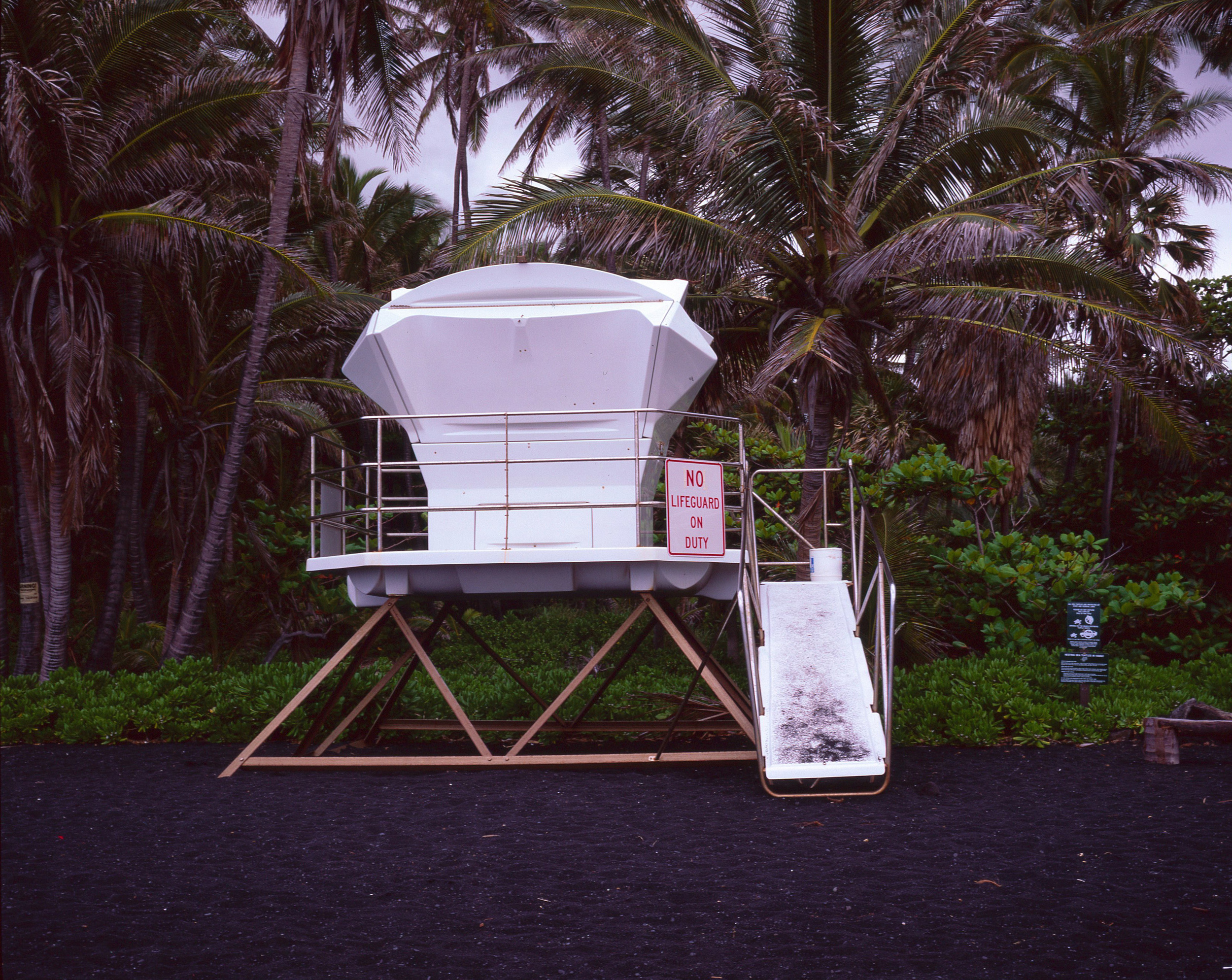
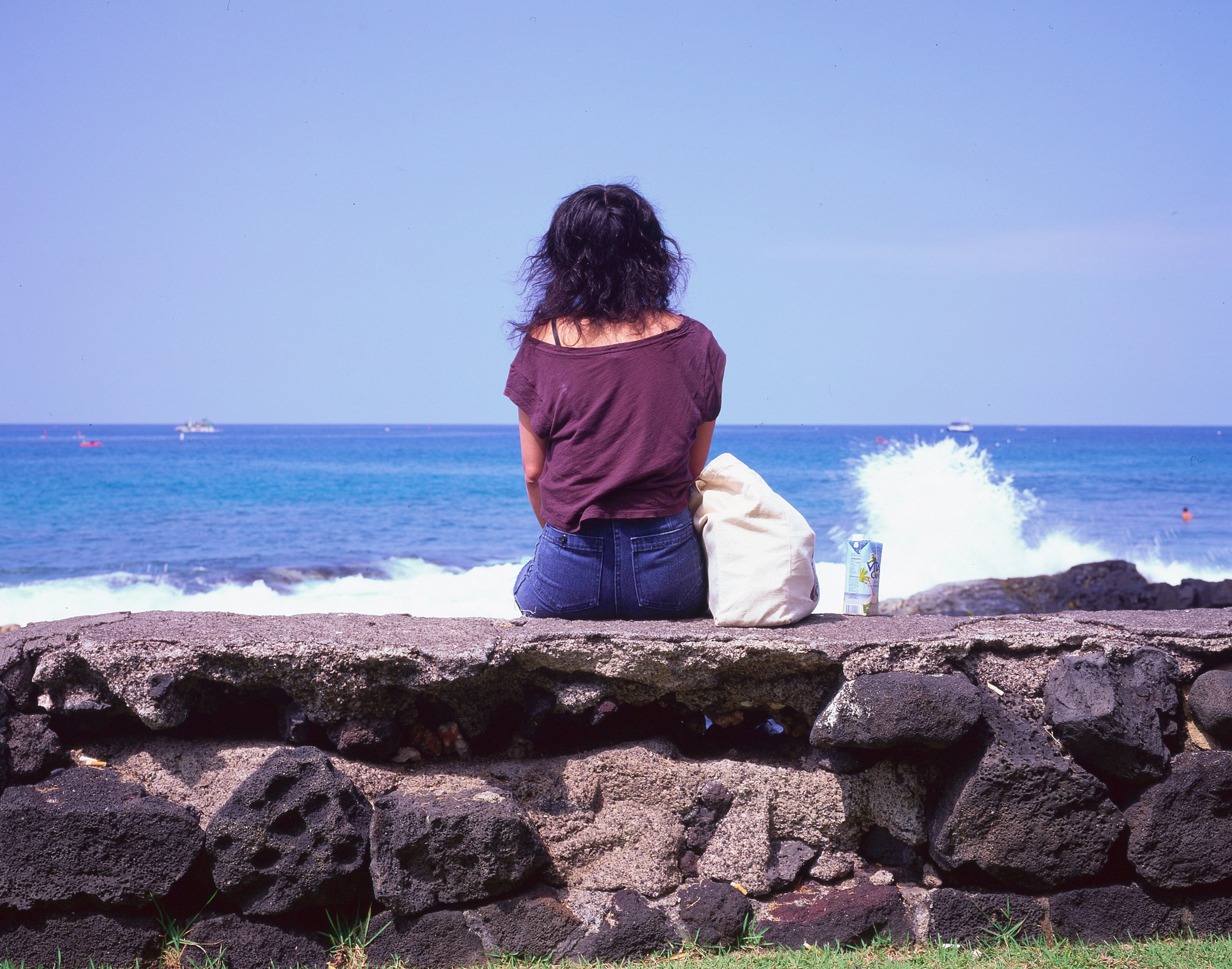
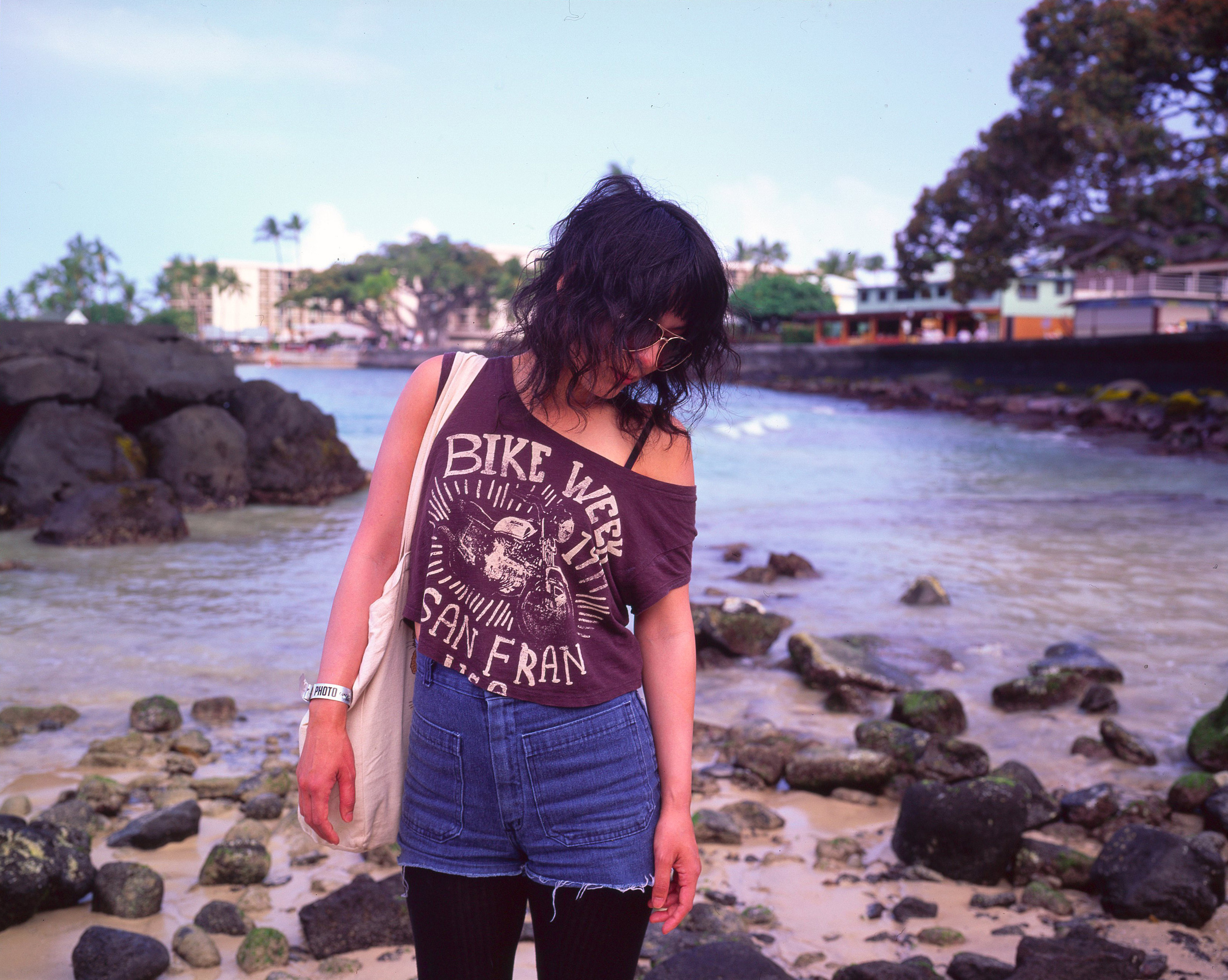
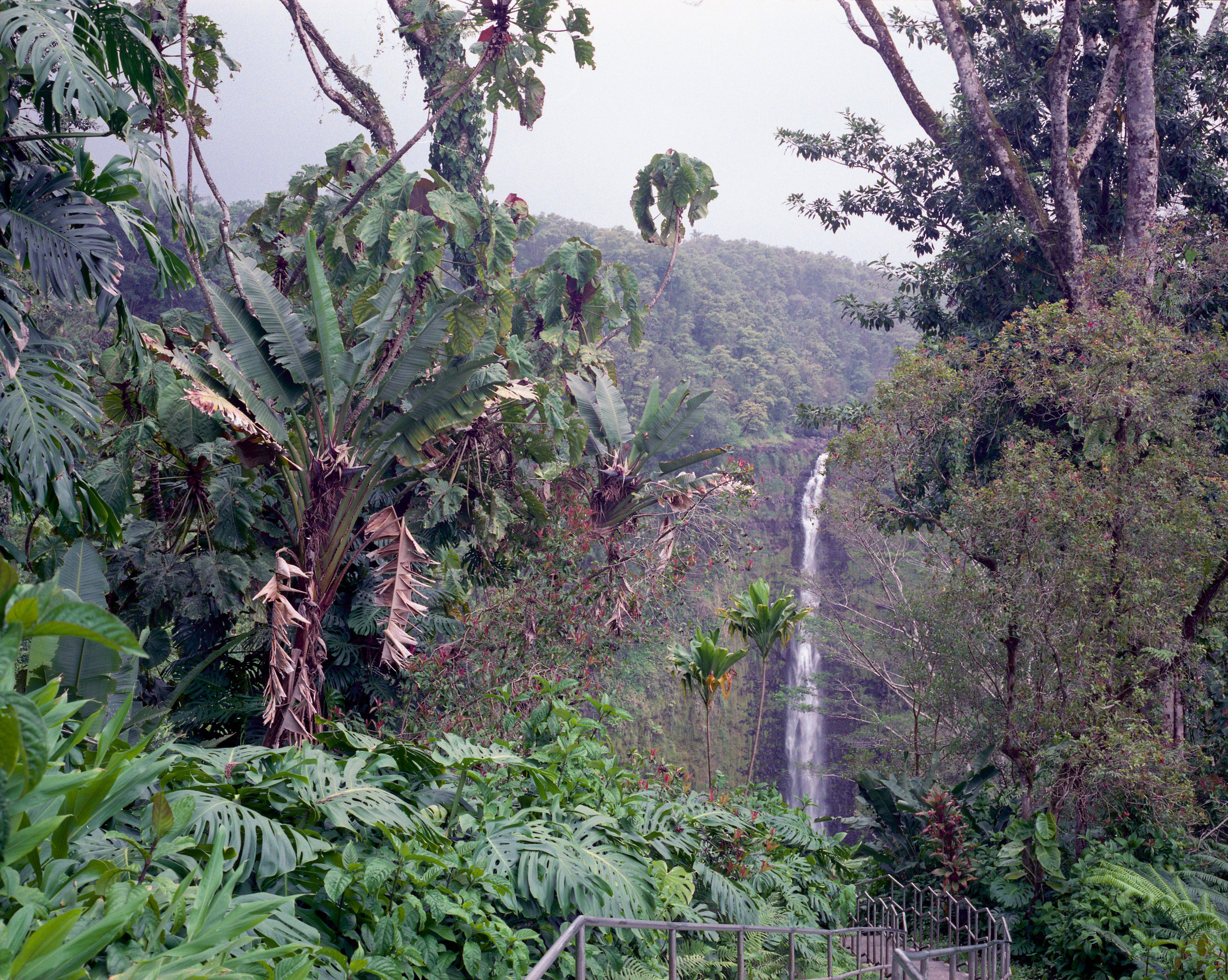

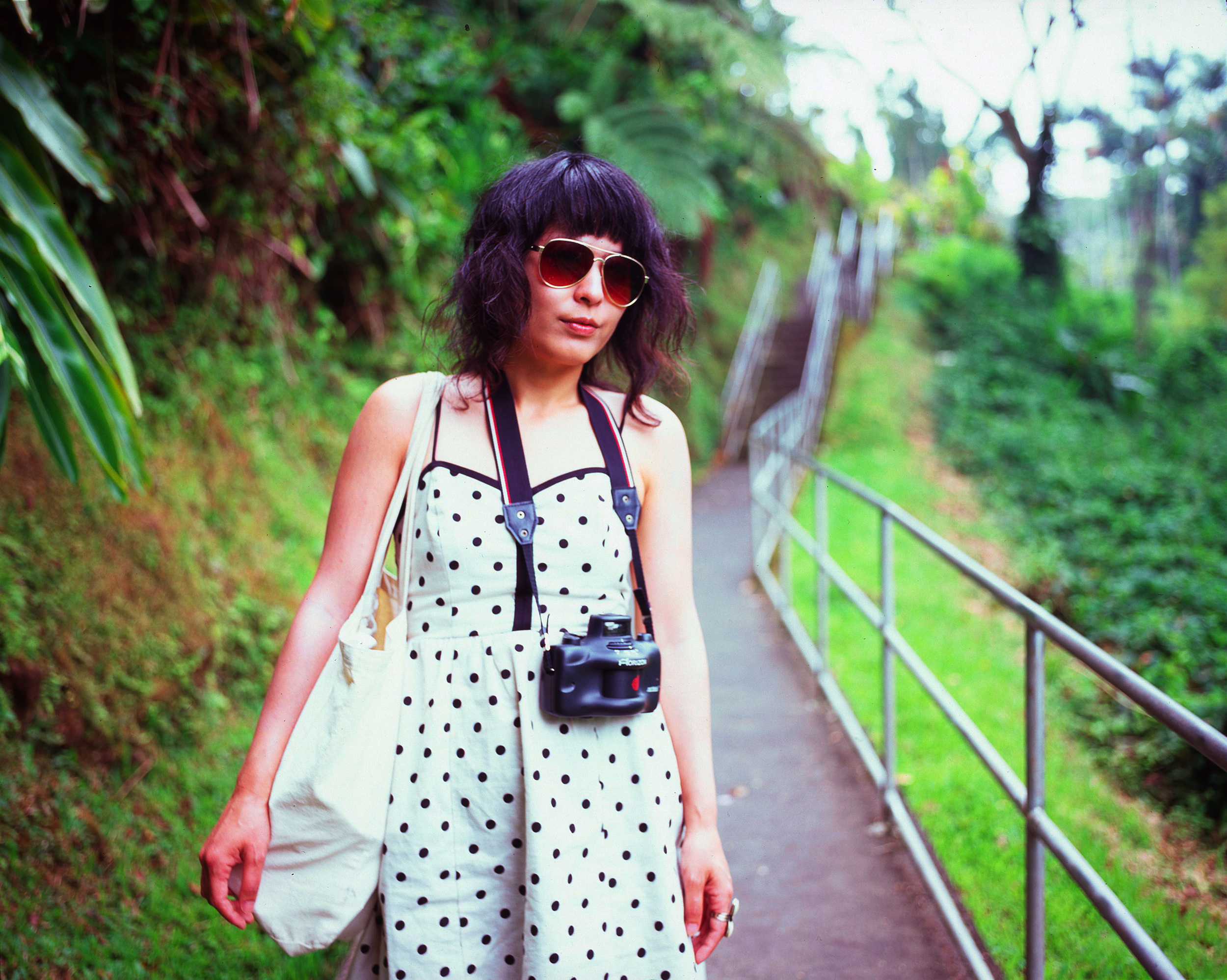
The Mamiya is probably the smallest medium format camera that produces 6x7 images, perhaps discounting vintage folding cameras. This makes the Mamiya ideal for outdoor shooting and travel. It weighs significantly less than the Pentax but delivers images that are the same size and quality (if not better). I've hiked mountains and climbed waterfalls with the Mamiya, and although it's certainly no small camera, it doesn't become a bother in the way the Pentax does. Of course, the cameras are quite different and the Mamiya does have shortcomings.
The Mamiya is probably less ideal for portraiture, as there's no way to preview what the final image would look like. Specifically, you'll have to approximate what the out-of-focus area looks like, and your exposure might be affected by the environment since the metering is also outside of the lens. You'll have to do some mental math and decide when to make compensations for stray light, etc.
Speaking of lenses,, it's important to know there are far less options for the Mamiya. In fact, there are only six available lenses, and two of them require an external viewfinder. With those, you'd have to focus and frame in separate windows, which slows down the process of shooting. The Pentax system boasts over 20 lenses, not to mention tele-converters and extension tubes that can expand into potential for macro work or astro photography. The average shooter probably only needs two or three lenses anyway, so don't get too hung up on those numbers. The Pentax might have more options, meaning that you can interpret scenes in more ways, but there's also a lot of overlap between those focal lengths (and how many wide angles are really necessary, in the end?).
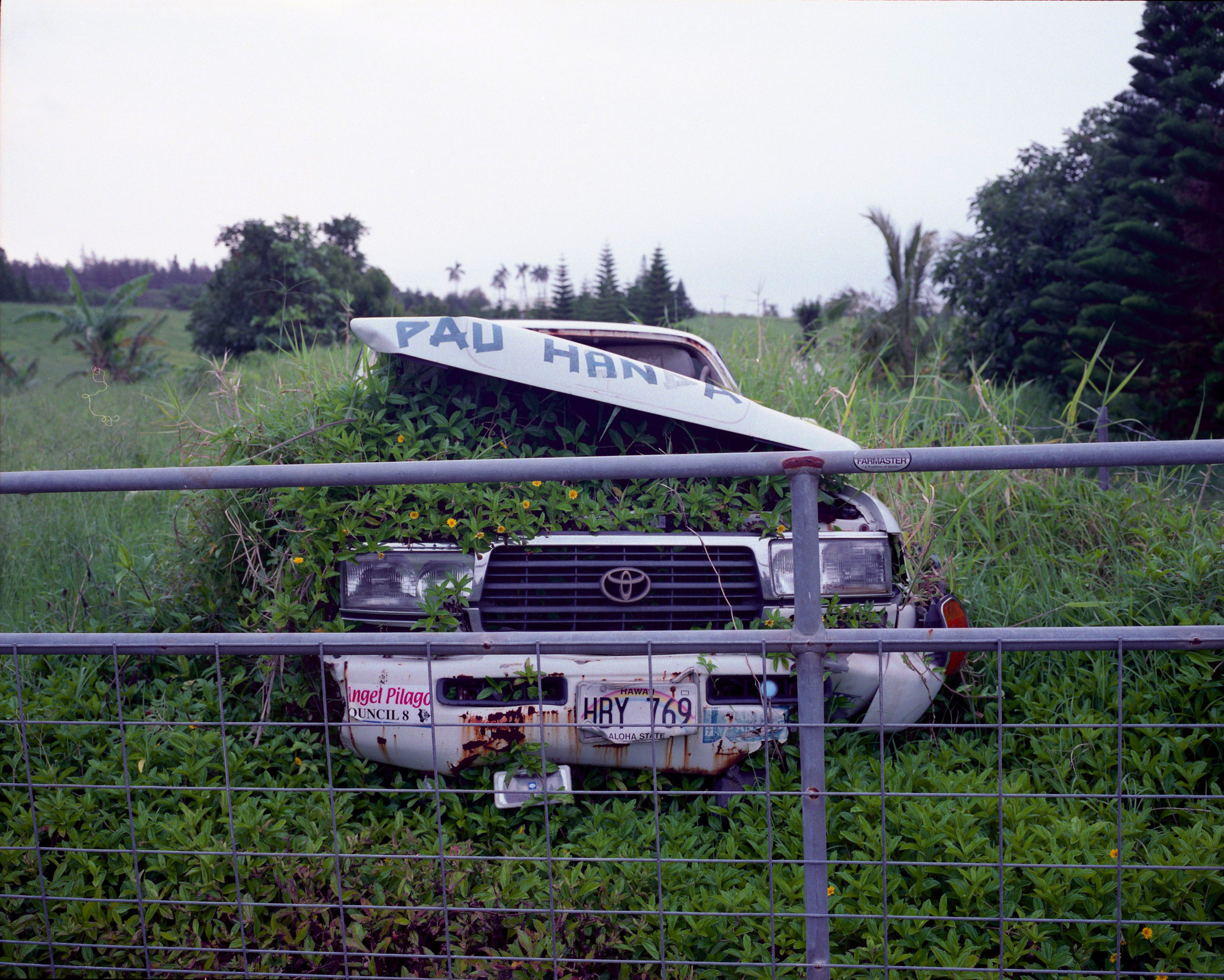
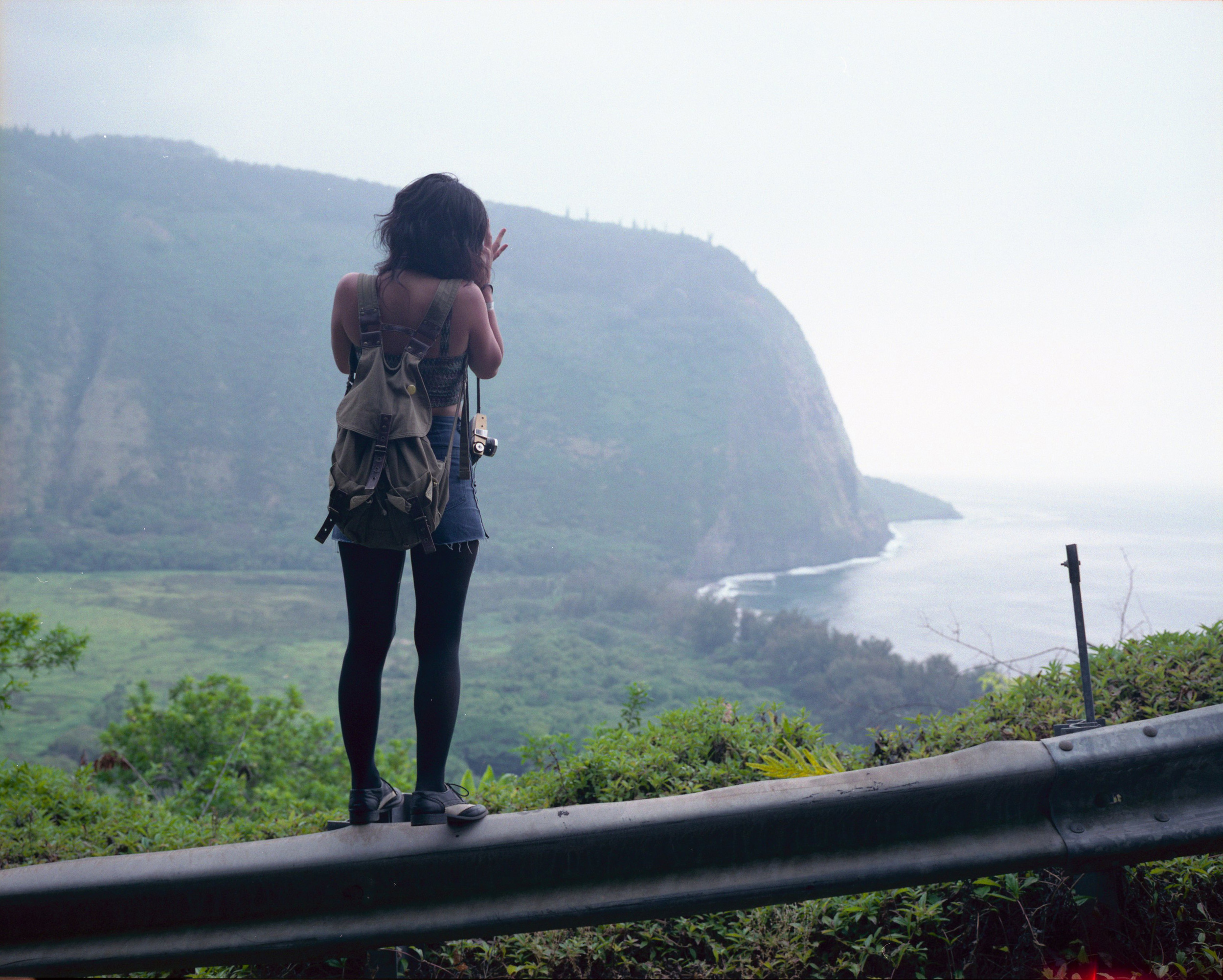
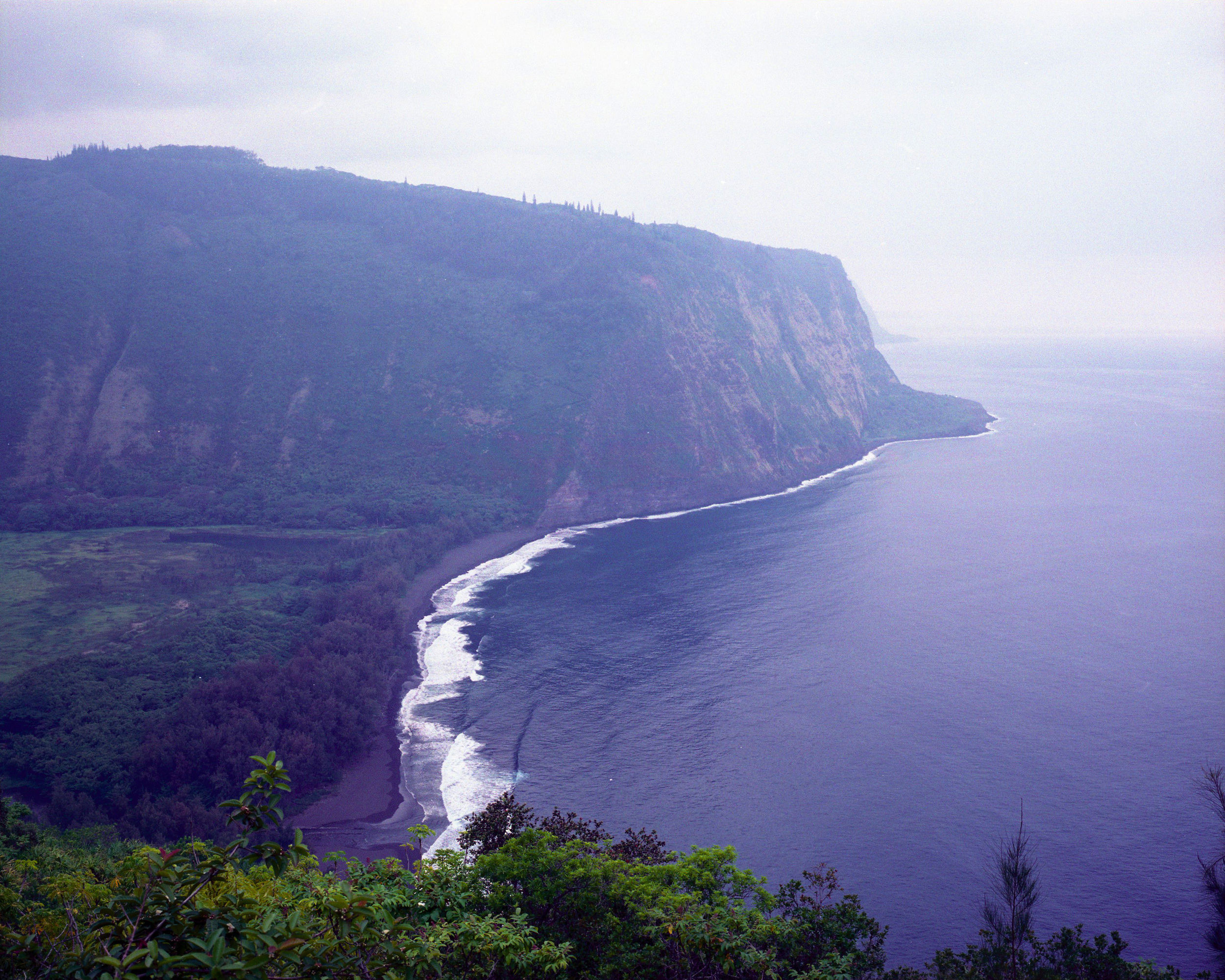
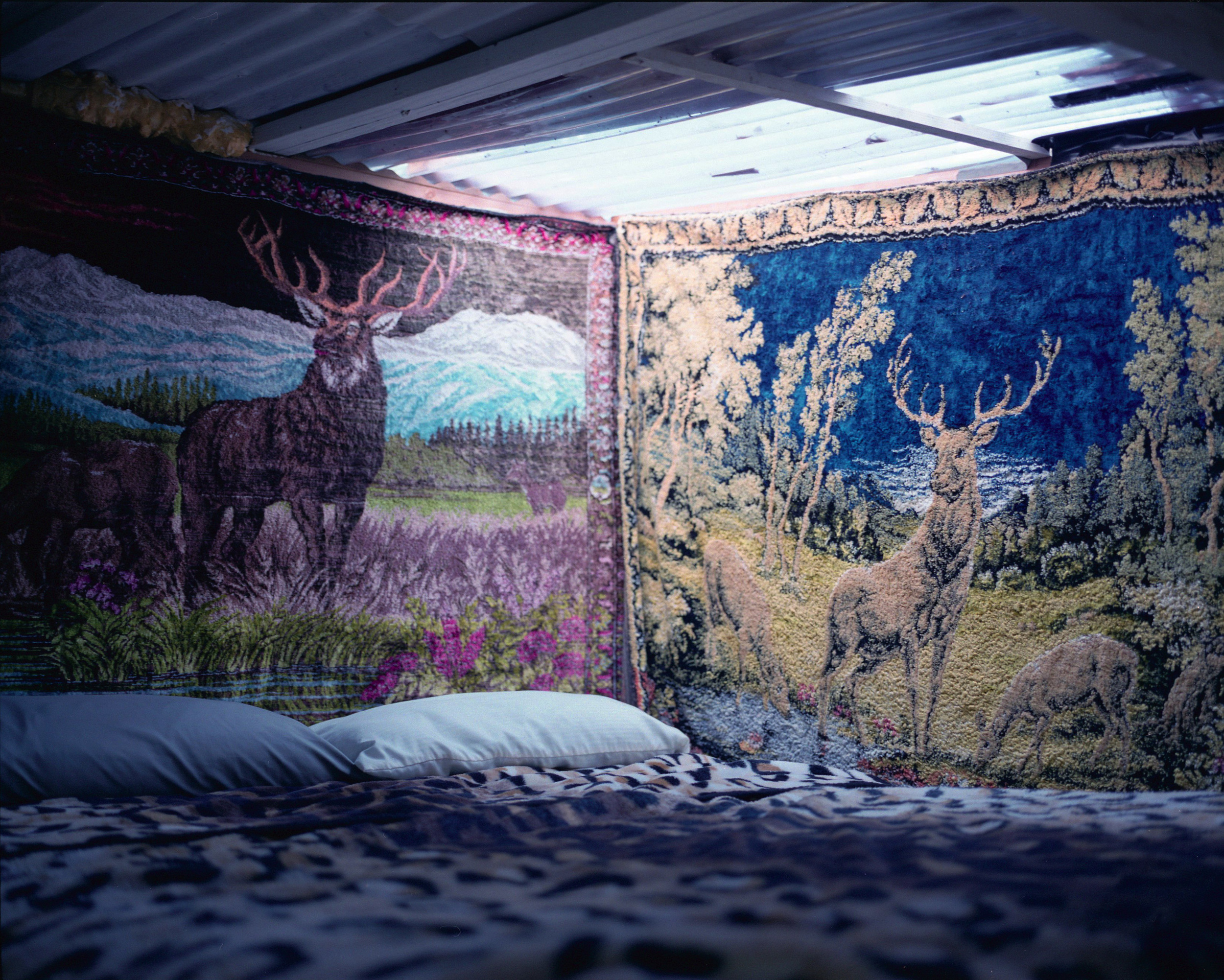
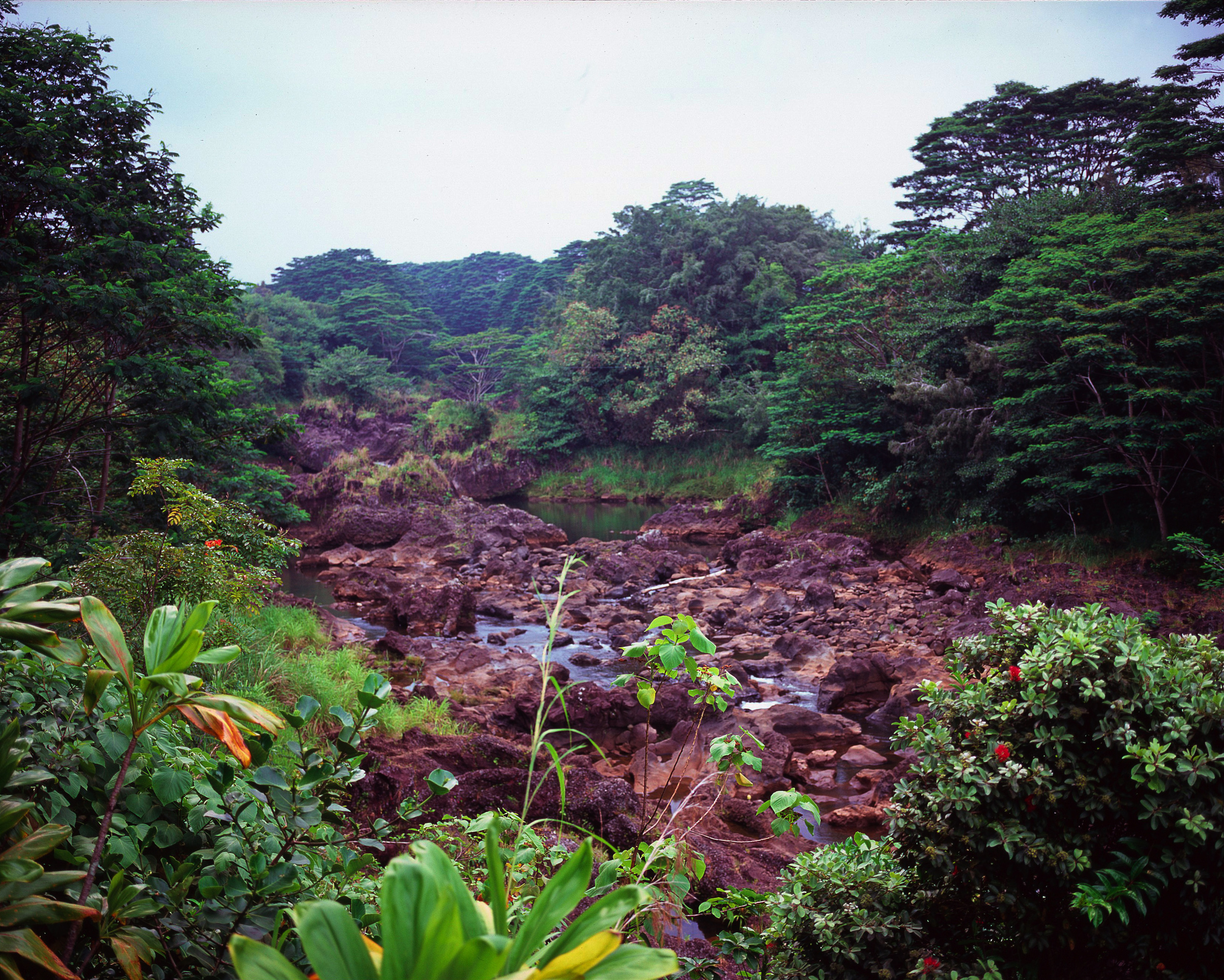
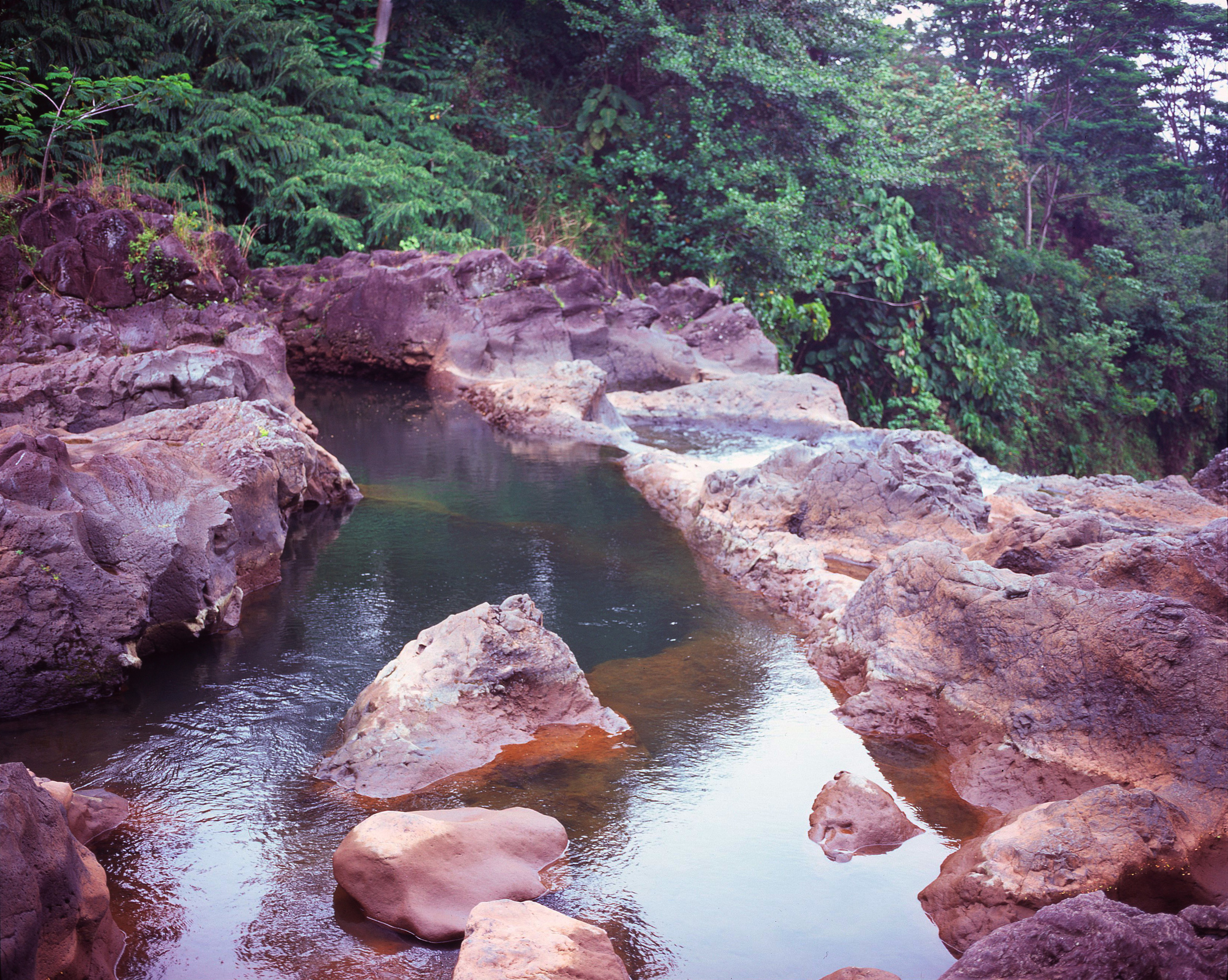
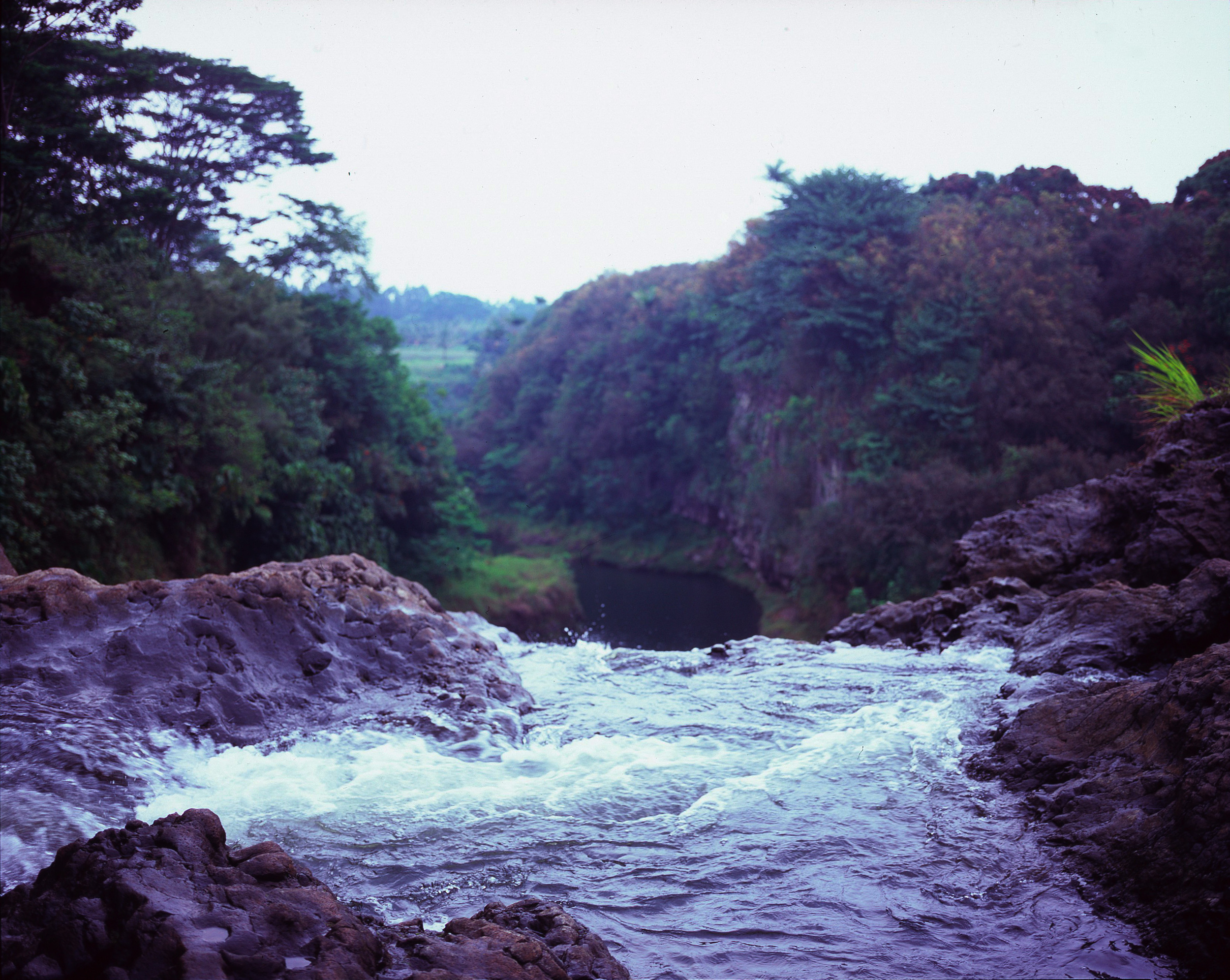
As you might be able to see from these galleries, and from previous posts with the Pentax 6x7, the way I shoot is influenced by the camera in my hands. It might simply be the case that we play to each camera's strengths, which is a good thing. In my opinion it's best to know, in advance, what you want shoot and how you want the photos to look. With that in mind, it's easy to choose the most appropriate equipment. We use the right tools for the right job, and whatever you shoot with should help you accomplish what your photographic goals.
If you're considering your first medium format camera, don't sweat the details. I will swear by either the 6x7 or the 7 as an excellent choice for lovers of film photography. Both systems have incredible, high-quality lenses that never fail to disappoint and produce images with unique character and quality. The Mamiya lenses are often compared to Hasselblad's Zeiss lenses in sharpness from edge-to-edge. The Pentax has the best "bokeh" and the most character of any medium format camera I've used thus far.
There's no way to fairly compare these tools... And why should you? It's up to the individual to decide what he or she wants to accomplish with photography, and what concessions he or she is willing to make. Remember: there is no perfect camera. There is only the artist and the intention. You can easily create great work with a low-cost entry-level camera just as well as a high-spec performance tool.
My point is simply this - Don't waste too much time worrying about the gear. You should be spending that time and energy on making images! Feel free to debate that, otherwise just check out the photo sets above and concede that both the Pentax and Mamiya are quite capable of capturing great moments.


